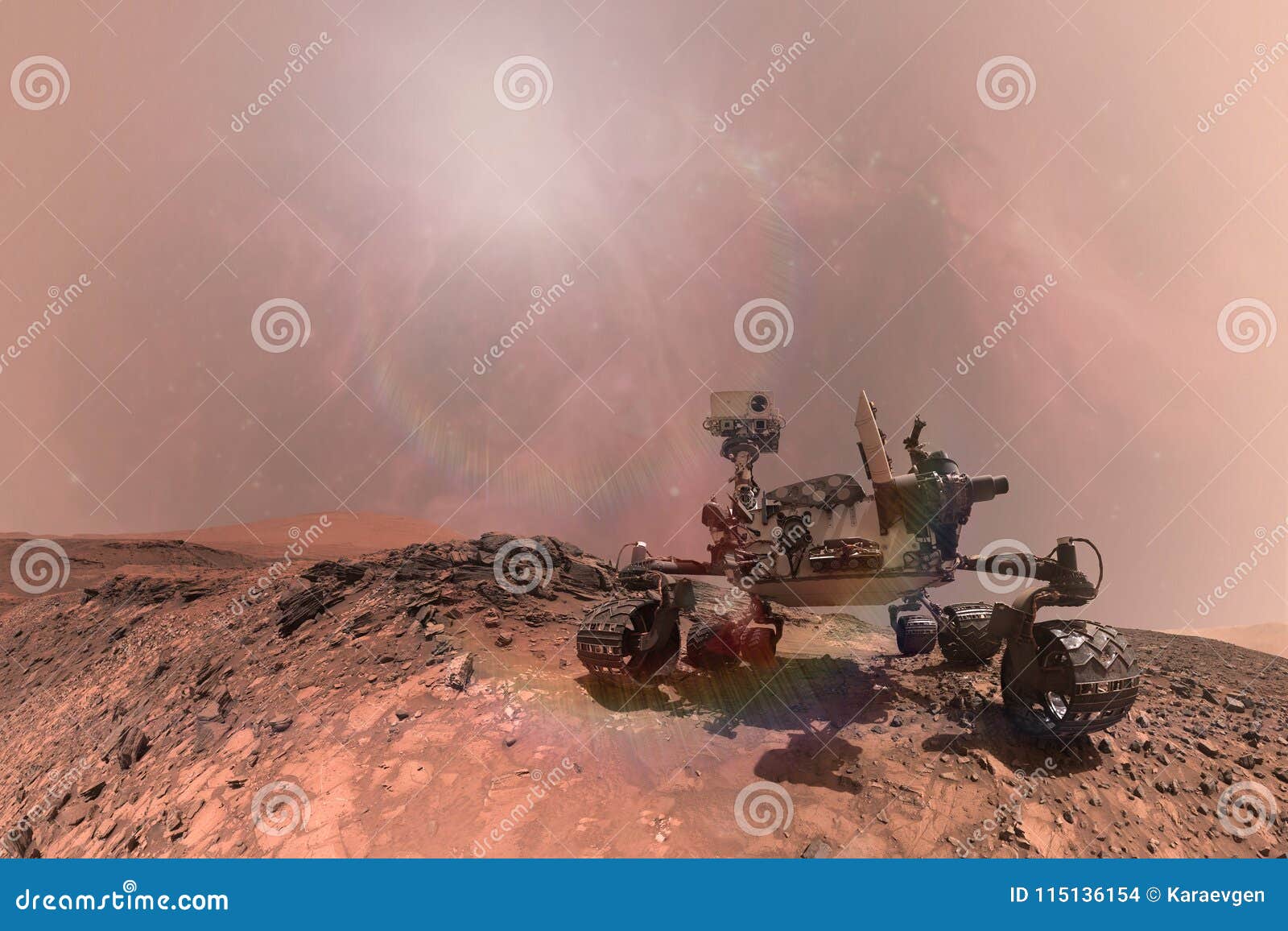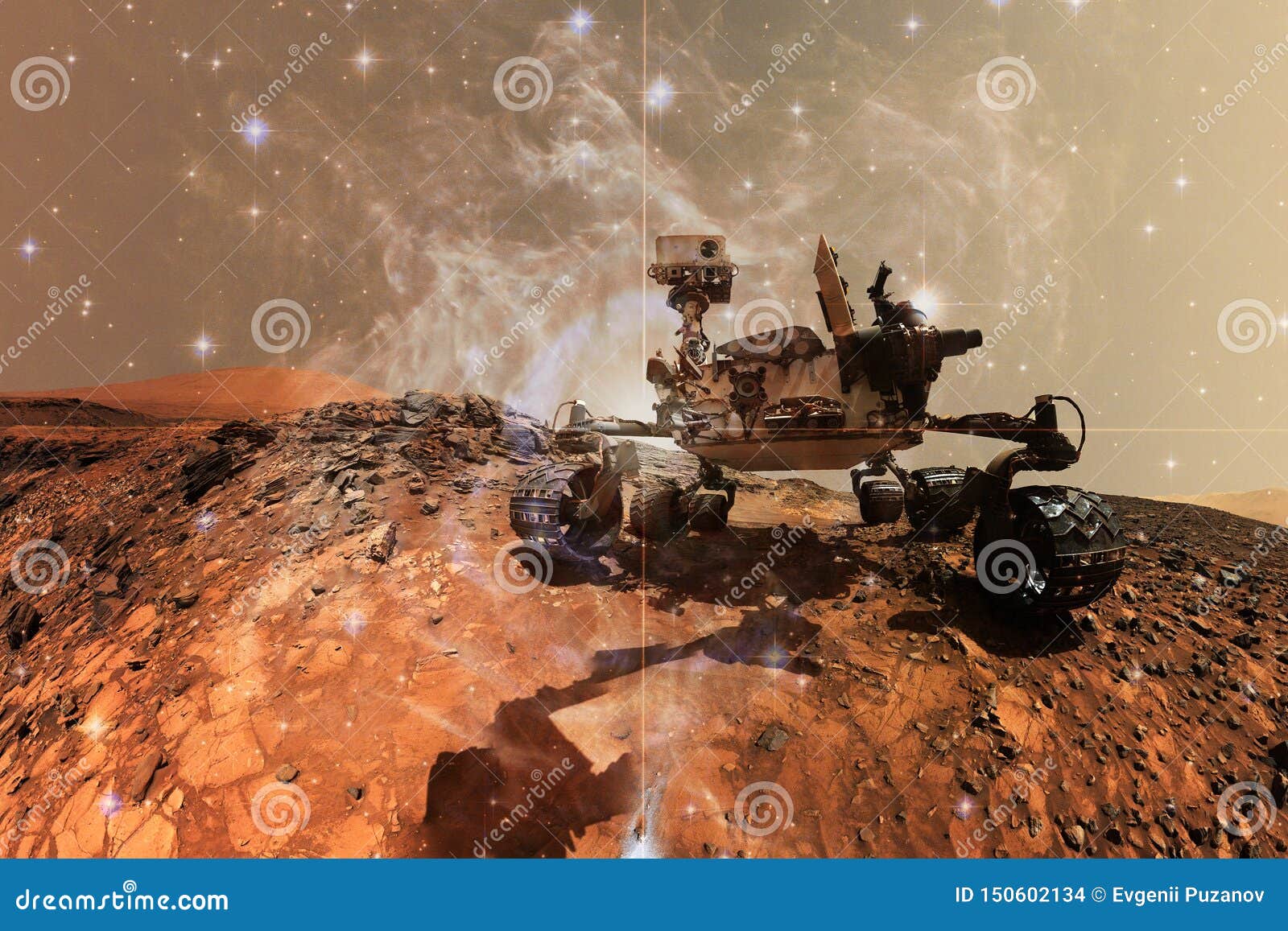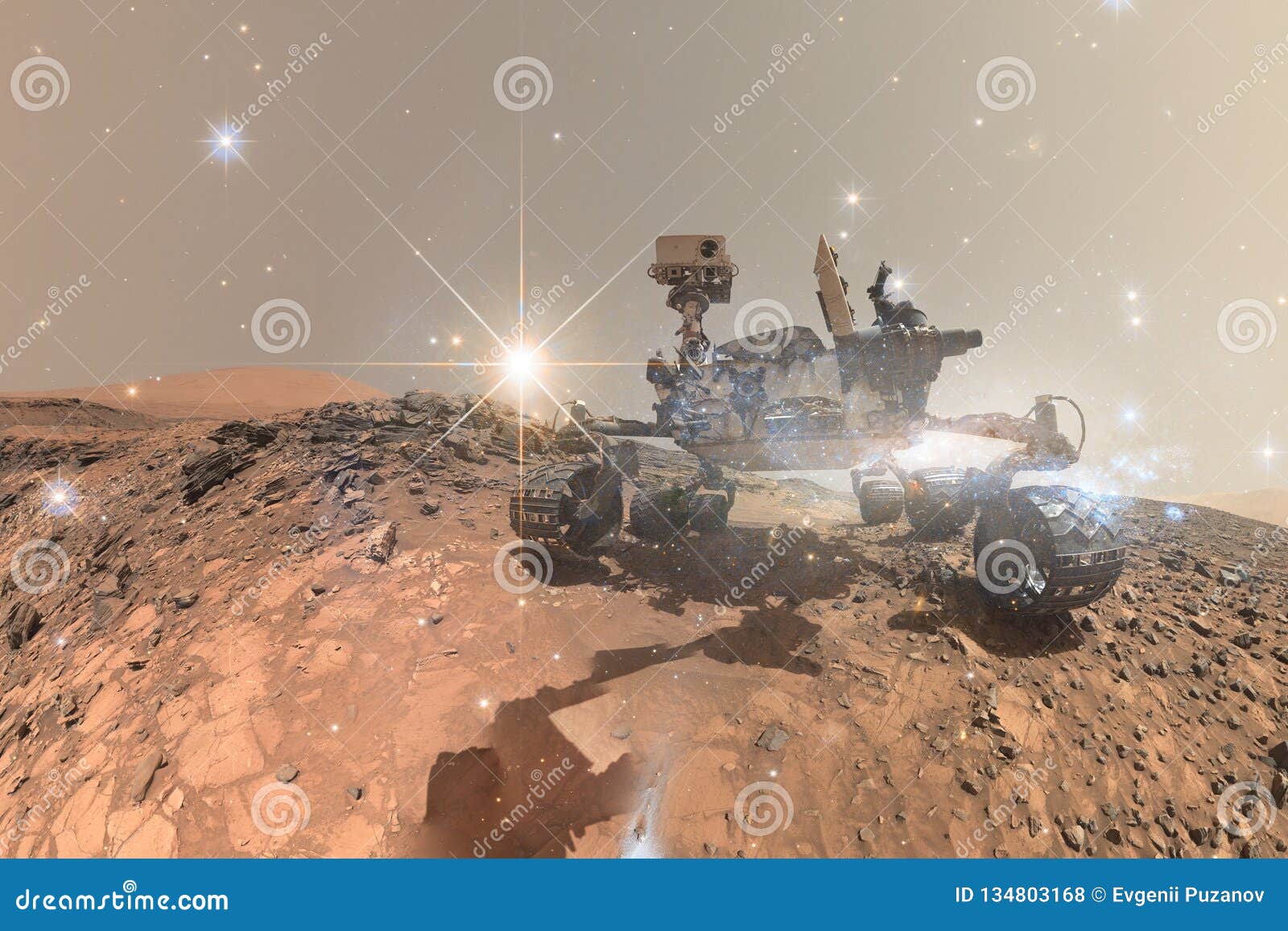What is the Power of Mars: Exploring the Red Planet's Impact on Astrobiology?
Mars, our neighboring planet, has captivated the imaginations of scientists and space enthusiasts for centuries. With its rusty red surface, intriguing geological features, and potential for harboring life, Mars holds immense significance in the field of astrobiology, the study of life beyond Earth.
Editor's Notes: "The Power of Mars: Exploring the Red Planet's Impact on Astrobiology" have published today date . This topic is important to be read because it provides an understanding of the potential for life beyond Earth and the role that Mars plays in that quest. By exploring the Red Planet, we not only seek to unravel its own mysteries but also gain insights into the origins and evolution of life in the universe.
Through meticulous analysis and extensive research, we have compiled this comprehensive guide to help you delve into the captivating world of Mars and its profound impact on astrobiology.
Key Differences or Key Takeaways:
| Characteristic | Mars | Earth |
|---|---|---|
| Atmosphere | Thin and primarily composed of carbon dioxide | Thick and rich in oxygen and nitrogen |
| Surface Temperature | -62°C to 20°C | -88°C to 58°C |
| Water | Present as ice caps and subsurface aquifers | Abundant in liquid form |
| Life | No definitive evidence of present-day life | Supports a diverse array of life forms |
Transition to main article topics:
FAQ
The following set of frequently asked questions (FAQs) provides in-depth insights into the exploration of Mars and its significance in astrobiology. These questions address common inquiries and misconceptions surrounding this captivating topic. Each FAQ is carefully crafted to present accurate information and foster a comprehensive understanding of Mars's role in the search for extraterrestrial life.
Question 1: Why is Mars crucial to astrobiology?
Mars serves as a potential site for past or present life due to its similarities to Earth. It shares a comparable size, geological features, and an atmosphere, indicating the possibility of habitable conditions in its history.

Mars, the red planet's main characteristics in short | BIRA-IASB - Source www.aeronomie.be
Question 2: What are the key elements that make Mars a habitable planet?
Mars possesses several vital elements for potential habitability, including the presence of water in liquid form during its early history, an atmosphere with carbon dioxide and nitrogen, and a surface with diverse geological formations suggestive of past and ongoing geological activity.
Question 3: Is there evidence of past or present life on Mars?
While definitive evidence of Martian life remains elusive, ongoing exploration and analysis continue to uncover suggestive findings. The discovery of ancient riverbeds, sedimentary deposits, and potential biosignatures have sparked excitement in the scientific community.
Question 4: What is the role of rovers and landers in Martian exploration?
Rovers and landers play a crucial role in exploring the Martian surface, providing valuable data and offering unique perspectives. They enable scientists to investigate topography, analyze rocks and minerals, and search for signs of past or present life.
Question 5: How does the study of Mars contribute to our understanding of the universe?
Mars serves as a valuable model for studying planetary evolution, geological processes, and the potential for habitability beyond Earth. By understanding Mars, we gain insights into the formation and potential for life in other planetary systems.
Question 6: What are the future prospects for Martian exploration?
Future Martian exploration aims to build upon current discoveries, with missions planned to search for definitive signs of past or present life, study the planet's environment, and prepare for future human missions.
In conclusion, the exploration of Mars holds immense significance for astrobiology and our understanding of the universe. By delving into these FAQs, individuals gain a comprehensive overview of the Red Planet's role in the search for extraterrestrial life and its impact on our scientific endeavors.
Moving forward, the continuation of Martian exploration promises to unveil further insights and shape our understanding of the planet and its potential for harboring life.
Tips
While some researchers remain confident about Mars containing life now or in the past, others believe that future missions will likely only find biological remnants. Here are some tips to consider while exploring The Red Planet:

Curiosity Mars Rover Exploring the Surface of Red Planet. Stock Photo - Source www.dreamstime.com
Tip 1: Analyze Ancient Samples
Scientists believe that if life ever existed on Mars, it would have been billions of years ago when the planet was warmer and wetter. Analyzing ancient samples from that time period could provide evidence of past life.
Tip 2: Look for Biosignatures
Biosignatures are chemical or physical signs of life. They can include things like the presence of organic molecules, fossils, or stromatolites. Finding biosignatures on Mars would be strong evidence for past or present life.
Tip 3: Use Rovers and Landers
Rovers and landers can be used to explore the surface of Mars and collect samples.
The Power Of Mars: Exploring The Red Planet's Impact On Astrobiology
These missions can help us to understand the planet's geology, climate, and potential for life.
Tip 4: Send Humans to Mars
Human missions to Mars would allow scientists to conduct more detailed and comprehensive research than is possible with rovers and landers. Humans could explore the planet's surface, collect samples, and conduct experiments.
Tip 5: Collaborate with International Partners
International collaboration is essential for exploring Mars. Sharing resources and expertise can help to reduce costs and increase the chances of success.
Exploring Mars is a complex and challenging endeavor, but it is also a fascinating one. By following these tips, scientists can increase their chances of finding life on The Red Planet.
Summary: The search for life on Mars is a complex and challenging endeavor, but it is also a fascinating one. By following these tips, scientists can increase their chances of finding life on The Red Planet.
The Power Of Mars: Exploring The Red Planet's Impact On Astrobiology
Mars, the Red Planet, exerts a profound influence on our understanding of astrobiology, the study of life beyond Earth. Its exploration reveals key aspects that shape our knowledge and search for life in the universe.
- Atmospheric Composition: Mars' thin atmosphere, primarily composed of carbon dioxide, provides insights into planetary habitability.
- Surface Features: Polar ice caps, ancient riverbeds, and volcanic formations hint at past and potential for liquid water on Mars.
- Habitability Potential: The search for organic molecules and evidence of microbial life in the Martian environment tests the limits of life's adaptability.
- Climate History: Studying Mars' past climate helps us understand environmental changes that may have influenced habitability.
- Analog Environments: Mars serves as an analogue for exploring extreme environments on Earth, informing our understanding of life's potential under diverse conditions.
- Scientific Collaboration: International collaborations in Mars exploration foster knowledge exchange, advancing our collective understanding of the Red Planet.
These aspects intertwine, shaping our comprehension of Mars' potential for life and its implications for the search for extraterrestrial life. By exploring the Martian environment, we delve into the intricacies of habitability, the challenges of life's adaptation, and the boundless possibilities within our cosmos.

Curiosity Mars Rover Exploring the Surface Planet of Mars Stock - Source www.dreamstime.com
The Power Of Mars: Exploring The Red Planet's Impact On Astrobiology
"The Power Of Mars: Exploring The Red Planet's Impact On Astrobiology" delves into the multifaceted connection between Mars and the study of life beyond Earth. Mars, as a neighboring planet, provides a unique opportunity to investigate the potential for extraterrestrial life and the habitability of celestial bodies. Scientists are intrigued by the Red Planet's geological history, atmospheric composition, and the presence of water, frozen or otherwise, which collectively suggest the possibility of past or even present life.

Curiosity Mars Rover Exploring the Surface of Red Planet Stock - Source www.dreamstime.com
The exploration of Mars has provided valuable insights into the planet's environment, mineralogy, and potential for supporting life. Missions such as the Curiosity rover and the Mars Reconnaissance Orbiter have revealed evidence of ancient water bodies, minerals associated with hydrothermal activity, and organic molecules in the planet's atmosphere. These discoveries have fueled the search for biosignatures, indicators of past or present life, and raised the tantalizing prospect of finding extant life on Mars.
Understanding the impact of Mars on astrobiology has significant implications. It helps us assess the potential for life beyond Earth, expands our knowledge of planetary evolution, and informs our understanding of the conditions necessary for habitability. Furthermore, the exploration of Mars provides a valuable opportunity to test technologies and advance our capabilities for future missions to other planets and moons in our solar system and beyond.
Conclusion
"The Power Of Mars: Exploring The Red Planet's Impact On Astrobiology" showcases the interconnectedness of Mars and the field of astrobiology. The exploration of Mars has enriched our understanding of the planet's past and present, providing valuable insights into the potential for life beyond Earth. As we continue to unravel the mysteries of the Red Planet, we inch closer to answering one of humanity's most profound questions: Are we alone in the universe?
The Red Planet serves as a constant reminder of the vastness of space and the potential for life beyond Earth. It inspires us to push the boundaries of our knowledge, develop new technologies, and embark on ambitious missions to explore the unknown. By understanding the power of Mars, we not only deepen our appreciation for the solar system but also expand our perspective on the place of life in the cosmos.